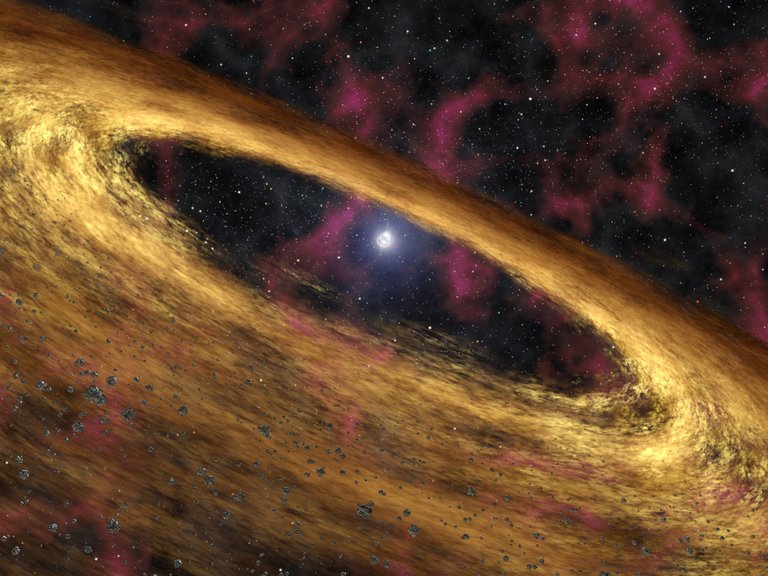The Youngest Magnetar Ever Found
Swift J1818.0-1607 is a magnetar which can be found in the Sagittarius constellation which was birthed just 240 years ago.

- Be also sure to check out my other posts and follow me @kralizec and subscribe to my Youtube channel at Kralizec Gaming Youtube Channel
It is no mystery that astronomers view time a bit differently than the rest of us mortals. Often they research objects that were birthed billions of years ago or objects that will exist for billions of years in the future. But sometimes, rarely, something young appears – at least when talking about astronomical spans of time.
Astrophysicist Nanda Rea from the Space Sciences in Barcelona and her colleagues recently discovered an object which is a real youngling. The incredible neutron star Swift J1818.1607 which is estimated to be just 240 years old. When talking about the astronomical times scales usually found out there in the Universe – this is almost as if it was born yesterday.
Swift j1818.0-1607 can be found in the Sagittarius constellation in a distance at about 16 thousand light-years. This means that right now the magnetar is at about 16,240 years but we observe it as it was 16 000 years ago – just 240 years after it came to be. It is the youngest magnetar we ever encountered.
The magnetar was found by the American space observatory Neil Gehrels Swift Observatory which detected a massive flash of x-ray radiation on the 12. March of 2020. After the flash, the European space observatory XMM-Newton and the American space observatory NuSTAR observed the object.
Neutron stars which are made from extremely dense and almost collapsed matter are already quite extreme and rare. But magnetars are even more extreme and rarer. Currently, we know of about 3,000 neutron stars but we have discovered only 31 magnetars. The thing that makes magnetars special is the fact that they have about a thousand times stronger magnetic field that your typical neutron stars. This makes them about 100,000,000 times more powerful magnets that even the strongest magnets made by humans.
But, why is the young magnetar interesting to scientists? In general, neutron stars and specially magnetars are sort of natural laboratories. Their environments are so extreme that we will not get to recreate them for a long time or ever. And by observing young magnetars we could learn more about how they get created, how they evolve, and why are there so few in the Universe.
Sources:
- https://iopscience.iop.org/article/10.3847/2041-8213/ab9742
- https://www.nasa.gov/feature/jpl/a-cosmic-baby-is-discovered-and-its-brilliant
- If you like the content I’m producing about science maybe you will like the content I produce about gaming as well! Be sure to check out my other posts!